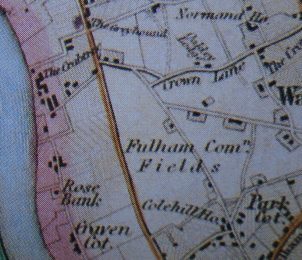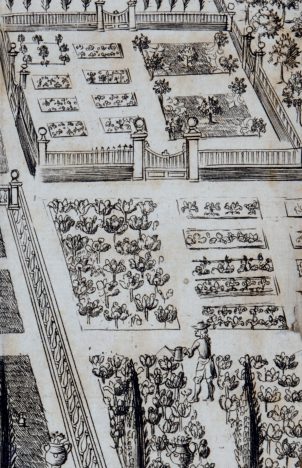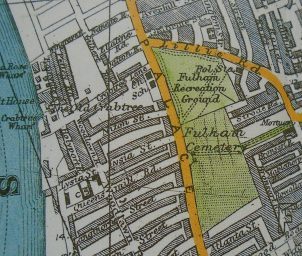
Food and Landscape: Fields in Fulham

Symposiast Malcolm Thick finds the ghost of farmers’ fields in Fulham
Many (many) years ago I slept on the floor of a friend’s house one August while doing some research in the National Archives in London. The house was one of a small Victorian terrace on the busy Fulham Palace Road in West London. On the other side of the road was a large cemetery where my housemates went mushrooming in the early morning. Looking at the A to Z to find my way about my temporary home, the cemetery, a green area on the map surrounded by close-packed streets looked vaguely familiar. Then one day the I twigged the familiarity – the shape of the cemetery was very like that of one of the open fields of Fulham which, from the early seventeenth until the nineteenth century, had been used by so called ‘farmer-gardeners’ to grow garden crops and grain crops in rotation for the London market. So efficient were these farmers that they could offer high rents. Consequently, while the rest of Fulham succumbed to regular rows of houses, the farmers continued farming. When they ceased, one of their fields was taken over as a cemetery. So, the food production of Fulham, courtesy of efficient farming, has imposed its landscape on a busy and crowded part of modern London. I hope to give more instances, in my forthcoming Symposium Paper, how agriculture has shaped the English landscape.


